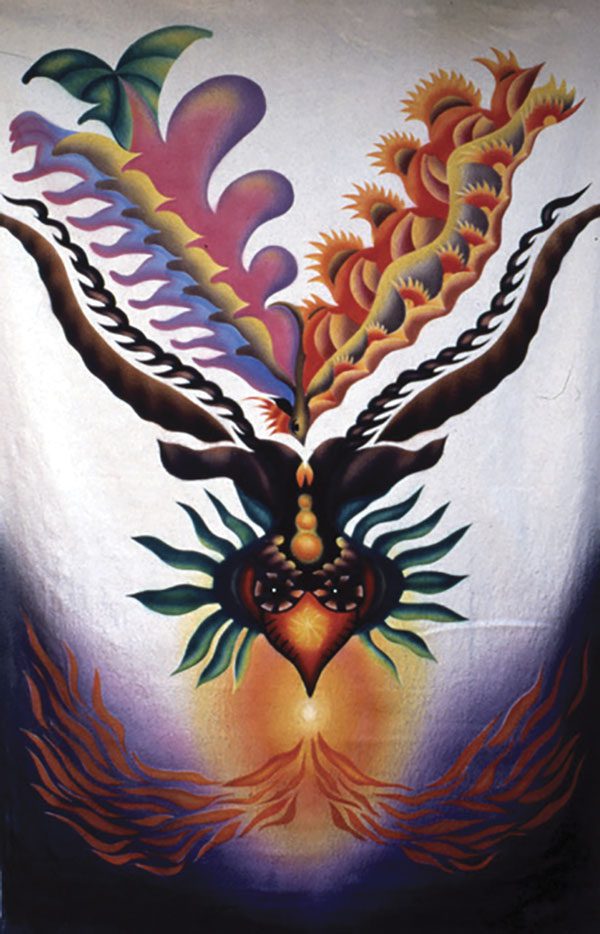
Peripheral artery disease (PAD), and peripheral venous disease (PVD) are both conditions that involve the vascular system affecting the blood vessels in areas outside your heart and are types of peripheral vascular disease. Arteries and veins allow blood, oxygen, and waste to travel through your body. When arteries don’t work properly, your feet and legs can’t get enough oxygen, and nutrients. And when veins aren’t working, there can be a buildup of blood materials and fluids in your limbs. The two diseases differ in several major ways. PAD means you have narrowed or blocked arteries that carry oxygen-rich blood away from your heart to other parts of your body. PVD refers to problems with veins – the vessels that bring your blood back to your heart.
Most often PAD happens because of atherosclerosis, when fatty plaque, cholesterol, and other substances build up within an artery’s wall making it narrower and “harder” inside. If enough plaque builds up, it can block blood flow inside the artery. Blood clots block the blood flow. PAD can happen in any blood vessel, but it is more common in the legs than the arms. When the blood is blocked it lowers the amount of oxygen and nutrients that get to your limbs, creating lasting damage to your skin, nerves, and muscles. Less-common causes of PAD include injuries to the arteries, unusually shaped muscles or ligaments, and infections.
Half of people with PAD don’t have symptoms – up to 40% of people with PAD have no leg pain. Those who do often feel cramping in one or both lower legs when they are active, but not when resting. This is called intermittent claudication. In the most severe form of PAD, called critical limb-threatening ischemia, blood supply is so low the limbs begin to show visible damage. PAD symptoms can include: (a) legs feeling numb, weak or “heavy”; (b) pain in specific areas at certain times, i.e. nighttime; (c) skin color or temperature changes; (d) wounds that don’t heal; (e ) a weak pulse; and (g) dead tissue -gangrene. Other leg symptoms can be: (a) feeling achy-burning; (b) throbbing; (c) muscle cramps; (d) swelling; (e) pain gets worse if you’re in one position for a long time; (f) itching around your veins; (g) decreased or absent pulses in the feet; (i) smooth, shiny skin; and (j) skin cool to the touch, especially if there is pain while walking that is relieved by stopping walking.
Diagnosing PAD/PVD may include: an ankle brachial index, which compares blood pressure levels in your ankles and your arms, pulse volume recording, Doppler ultrasound, and magnetic resonance angiography (MRA).
PAD treatment can involve medications that prevent blood clots and/or medications to control high blood pressure and cholesterol if indicated. Healthy habits: exercise, quitting smoking, wearing comfortable/appropriately fitting shoes, inspecting your legs and feet daily for blisters, cuts, cracks, scratches, or sores. Also check for redness, increased warmth, ingrown toenails, corns and calluses; not waiting to treat a minor foot or skin problem especially if you have diabetes. Practice good foot and skin care to prevent infection and reduce the risk of complications.
PVD – The most common types of peripheral venous disease include chronic venous insufficiency/CVI, when the valves in your veins allow blood to flow backwards in the wrong direction. This creates pressure, damaging tissues, causing bulging of the veins. This is increased if you are overweight or tend to sit or stand in one position for a long time. CVI symptoms involve your legs, feet and ankles, may include: (a) aching, swelling or throbbing; (b) rough, leathery leg skin; (c) itching feet/legs. In a “milder” form of PVD it can lead to “spider veins” – small, raised, swollen blood vessels that twist and turn. As the problem becomes more severe, it can become painful and lead to reticular veins which are smaller than varicose veins, located just below the skin’s surface and slightly larger than spider veins, and varicose veins which are larger. Untreated CVI can also cause some blood vessels to burst from the swelling and pressure within them. Burst capillaries can lead to painful ulcers, which are open sores that may not heal normally and can spread infection.
PVD treatments includes simple measures to help blood flow: elevating your feet, wearing compression stockings, and exercising regularly. Other options may include medicines to encourage blood flow. Your doctor may also recommend a procedure such as laser or radiofrequency ablation, where heat from a catheter closes affected veins. More severe PVD cases may benefit from sclerotherapy – an injected chemical causes scarring to close diseased veins, or surgery.
For both vascular conditions get immediate medical help if you can’t feel or move your foot or if it looks different from your other foot’s skin color/sensation – this may mean you’ve lost blood flow to your leg without warning.
- If Our Pets Could Talk – December 2025 - November 29, 2025
- YOU and Your Doctor Are Your Medical Team – December – 2025 - November 29, 2025
- YOU and Your Doctor Are Your Medical Team – November 2025 - October 30, 2025


 Discover trusted local services and hidden gems with our easy-to-use online directory.
Discover trusted local services and hidden gems with our easy-to-use online directory.

